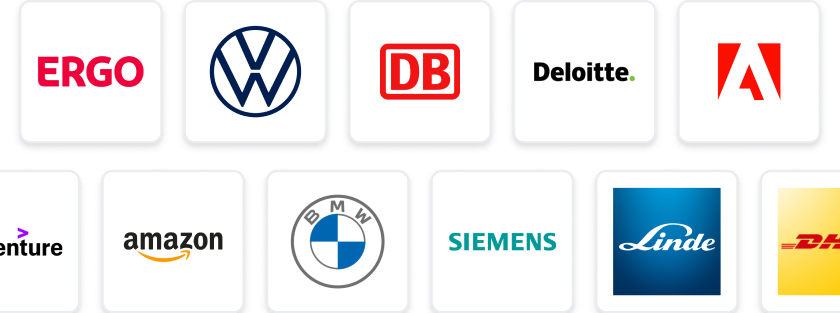At a Glance
- Tasks: Lead safety and environmental engineering projects focused on fire and explosion safety.
- Company: Join a leading firm dedicated to innovative safety solutions in engineering.
- Benefits: Enjoy flexible work hours, competitive salary, and opportunities for professional growth.
- Why this job: Make a real impact on safety standards while working in a collaborative and dynamic environment.
- Qualifications: Must have a degree in engineering and experience in safety and environmental regulations.
- Other info: Opportunity to work on cutting-edge projects with a focus on sustainability.
The predicted salary is between 48000 - 72000 £ per year.
Principal Engineer – Safety & Environmental Engineering (Fire & Explosion Safety) employer: Job Traffic
Contact Detail:
Job Traffic Recruiting Team
StudySmarter Expert Advice 🤫
We think this is how you could land Principal Engineer – Safety & Environmental Engineering (Fire & Explosion Safety)
✨Tip Number 1
Make sure to highlight your experience with safety and environmental engineering, particularly in fire and explosion safety. Use specific examples from your past work that demonstrate your expertise in this area.
✨Tip Number 2
Network with professionals in the field of safety engineering. Attend industry conferences or webinars where you can meet potential colleagues and learn more about the latest trends and challenges in fire and explosion safety.
✨Tip Number 3
Stay updated on relevant regulations and standards related to fire and explosion safety. Being knowledgeable about current laws will show your commitment to safety and your ability to navigate complex regulatory environments.
✨Tip Number 4
Prepare for technical interviews by brushing up on your problem-solving skills related to safety scenarios. Be ready to discuss how you would approach real-world challenges in fire and explosion safety during the interview process.
We think you need these skills to ace Principal Engineer – Safety & Environmental Engineering (Fire & Explosion Safety)
Some tips for your application 🫡
Understand the Role: Make sure to thoroughly understand the responsibilities and requirements of the Principal Engineer position in Safety & Environmental Engineering. Familiarize yourself with fire and explosion safety standards relevant to the industry.
Tailor Your CV: Customize your CV to highlight your experience and skills related to safety engineering, particularly in fire and explosion safety. Use specific examples from your past work that demonstrate your expertise in this area.
Craft a Compelling Cover Letter: Write a cover letter that not only outlines your qualifications but also expresses your passion for safety engineering. Mention any relevant projects or achievements that showcase your ability to handle safety challenges effectively.
Highlight Relevant Certifications: If you have any certifications related to safety engineering, fire safety, or environmental engineering, make sure to include them in your application. This can set you apart from other candidates and show your commitment to the field.
How to prepare for a job interview at Job Traffic
✨Showcase Your Technical Expertise
As a Principal Engineer in Safety & Environmental Engineering, it's crucial to demonstrate your deep understanding of fire and explosion safety principles. Be prepared to discuss specific projects where you've applied these principles and the outcomes.
✨Highlight Leadership Experience
This role requires strong leadership skills. Share examples of how you've led teams or projects, particularly in high-stakes environments. Discuss your approach to mentoring junior engineers and fostering a culture of safety.
✨Prepare for Scenario-Based Questions
Expect scenario-based questions that assess your problem-solving abilities in real-world situations. Think through potential fire and explosion scenarios and how you would address them, including risk assessment and mitigation strategies.
✨Demonstrate Communication Skills
Effective communication is key in this role. Be ready to explain complex technical concepts in a way that non-engineers can understand. Practice articulating your thoughts clearly and concisely, especially when discussing safety protocols.
